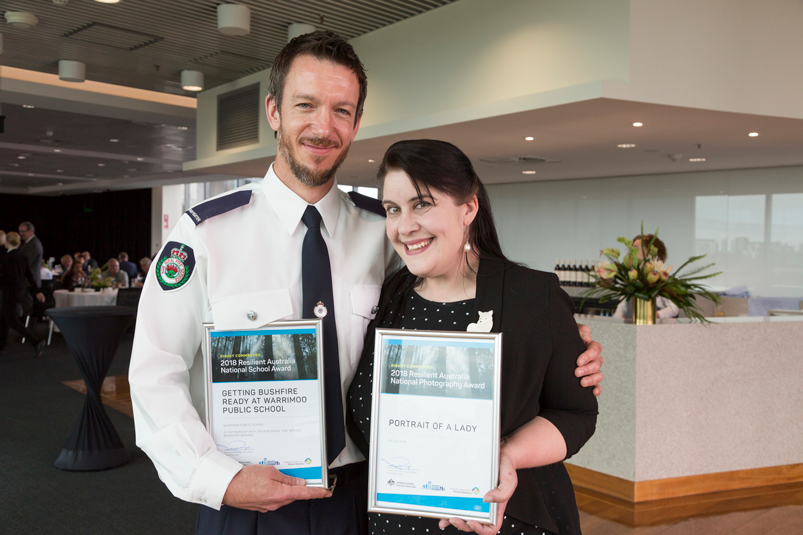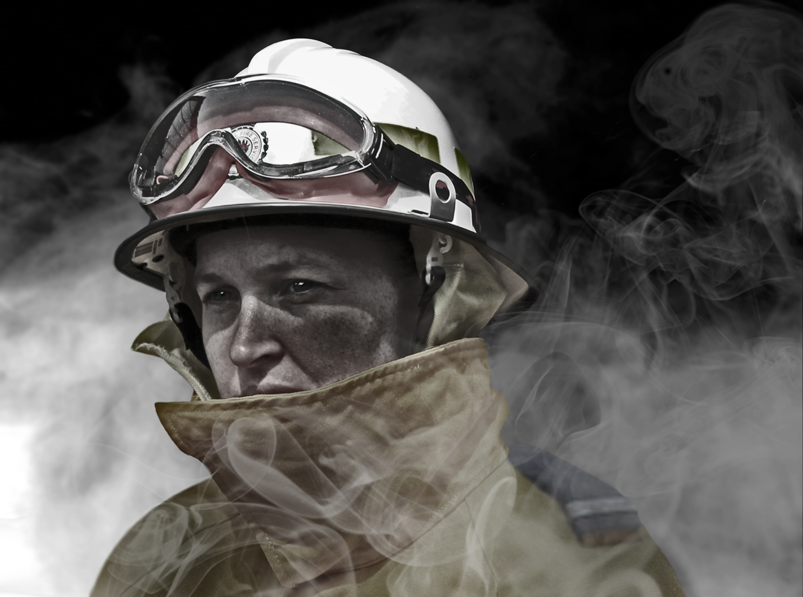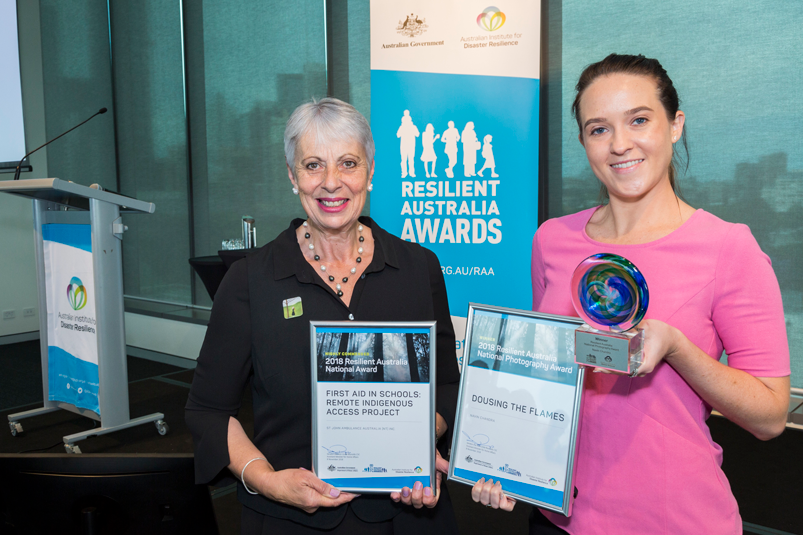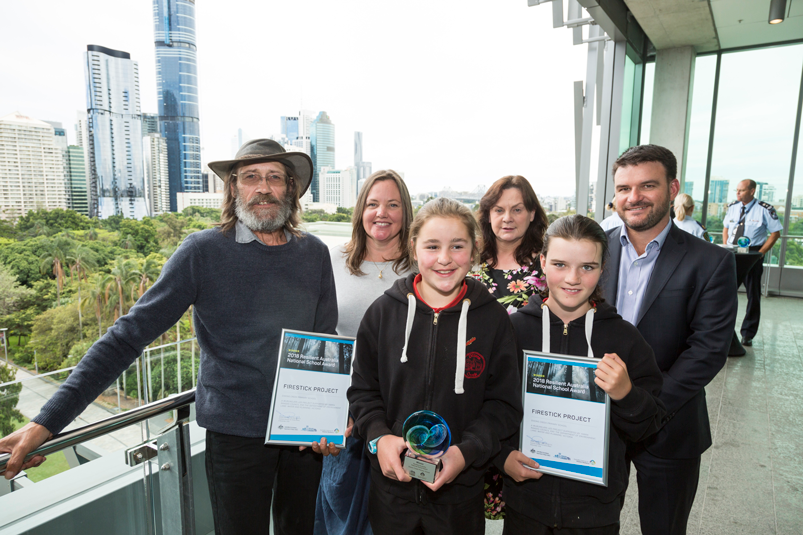Tasmania: Floodscapes project
The Launceston Floodscapes project was highly commended for the School Award. Managed by The Holographic Lounge, the project engaged students of Invermay Primary School, meenah neenah Aboriginal Cultural Education Program and the Launceston Big Picture School in the production of three short films on disaster resilience.
The films combine aerial footage from the city of Launceston, the State Emergency Service, Southern Cross television and community members, with overlaid student voices and animations from student drawings. The short clips are both accessible and easily shared through digital channels.
With the 2016 floods fresh in recent memory, the Floodscapes films deliver preparedness messages in with a new voice; positioning young people as ‘guardians and messengers for the city of Launceston’. There’s an emphasis on looking out for family, friends and other community members.
Floodscapes debuted at the Breath of Fresh Air film festival in 2018.

Peter Randel, NSW Rural Fire Service Warrimoo Brigade, Kellie Mar, Photographer / NSW Rural Fire Service. Image: Australian Institute for Disaster Resilience
New South Wales: Getting Bushfire Ready at Warrimoo Public School
Highly commended in the School Award category, the Getting Bushfire Ready at Warrimoo Public School project saw the Warrimoo brigade of the Rural Fire Service (RFS) team up with the local public school to build student confidence in preparing for fire. RFS members shared knowledge with students on a range of topics including Triple Zero (000), fire types, emergency kits and drills (at school and at home) and helping others in the community.
Amelie, a student at Warrimoo Public School said, ‘The Rural Fire Service helped me learn a lot about what to do in the event of a fire. Overall, this experience gave me knowledge that I couldn’t get anywhere else and made me feel safe and prepared for bushfires’.
The program put the RFS Guide to Working with School Communities to the test; developed after a fire started near Warrimoo Public School in 2014.
The project also encompasses an ongoing partnership between the school and the brigade, whereby the annual RFS Get Ready weekend is hosted in the school’s hall. These weekends engage the broader community and are an opportunity to highlight the school’s evacuation plan and position it as a safe place for students in the event of a fire.
Northern Territory: Dousing the Flames
The photo, Dousing the Flames, won the Resilient Australia National Photography Award. Described by photographer Navin Chandra as an ‘environmental portrait’, the striking image captures Virginia/Bees Creek Volunteer Fire Brigade Captain, Fleur O’Connor, in a burntout landscape in the Northern Territory.
‘I think this photo is powerful because it connects with many people. It doesn’t just show the landscape that’s been damaged by fire, it also shows the work of a firefighter,’ said Navin Chandra.

Photographer Kellie Mar was highly commended for her photo of firefighter Emily Rawbone, Portrait of a Lady, in the 2018 Resilient Australia National Photography Award. Image: Kellie Mar
New South Wales: Portrait of a Lady
Highly commended for the National Photography Award was Kellie Mar’s photo, Portrait of a Lady, which celebrates the spirit of accomplished firefighter, Emily Rawbone.
‘Emily’s an exceptionally amazing person…she’s a mother of two, she works full-time, she’s hearing impaired and she’s also one of the best firefighters I’ve ever seen in my life.
‘The fires that she’s fought in and the circumstances that she’s faced; the resilience that she actually shows against these is phenomenal,’ said Kellie Mar, photographer and Blaxland RFS member.
Queensland: Cyclone Resilience - Whitsunday Water
Another highly commended image, Cyclone Resilience - Whitsunday Water depicts images immediately after Cyclone Debbie, which took out water and sewerage services. Taken by Edwina Pettiford, the photo captures her husband, Troy Pettiford, and the team from the Whitsunday Regional Council setting up in a makeshift office in a garage. The team worked around the clock to restore vital services.







